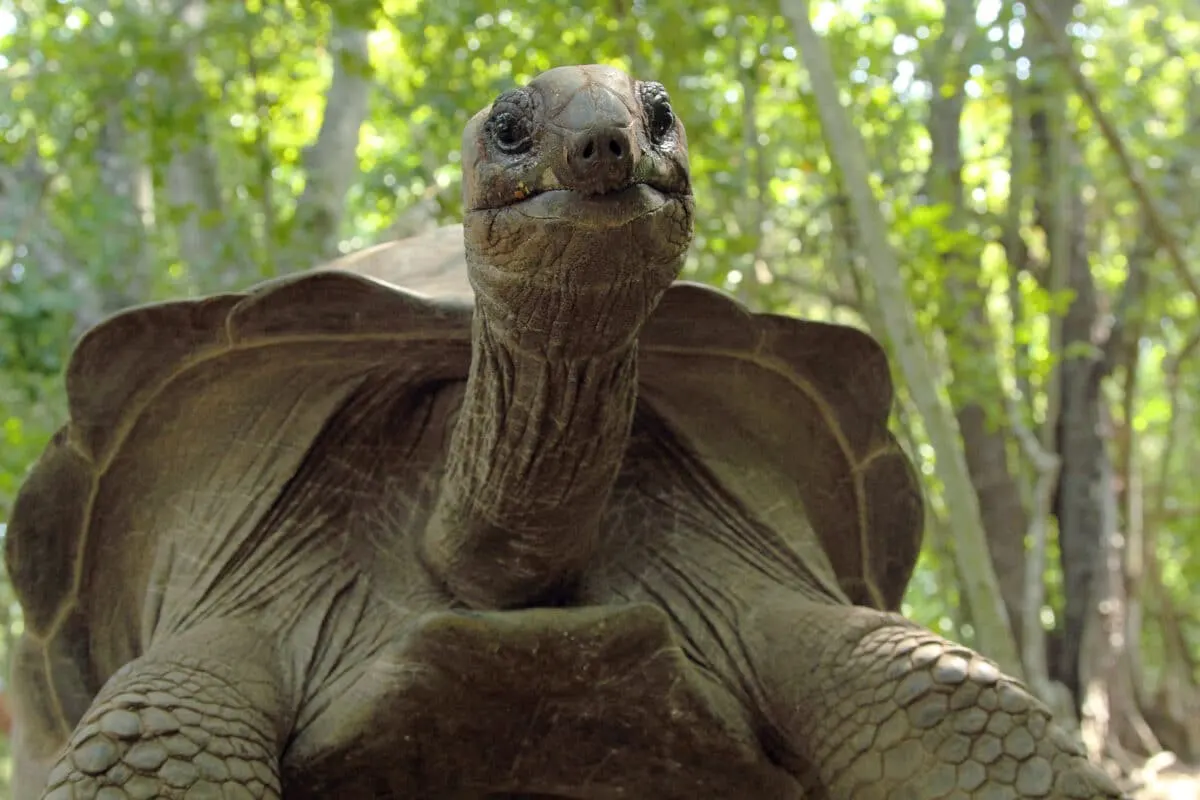In the animal kingdom, reptiles are renowned for their remarkable longevity. While mammals typically live several decades at most, numerous reptile species can surpass the century mark under optimal conditions. These ancient creatures have evolved extraordinary physiological adaptations that slow ageing processes, allowing them to outlive most other vertebrates. Their slow metabolisms, efficient energy usage, and continuous growth throughout life contribute to their extended lifespans. This article explores twelve extraordinary reptiles known for their potential to live beyond 100 years, examining their unique characteristics, habitats, and the factors that contribute to their exceptional longevity.
12. Aldabra Giant Tortoise (Aldabrachelys gigantea)
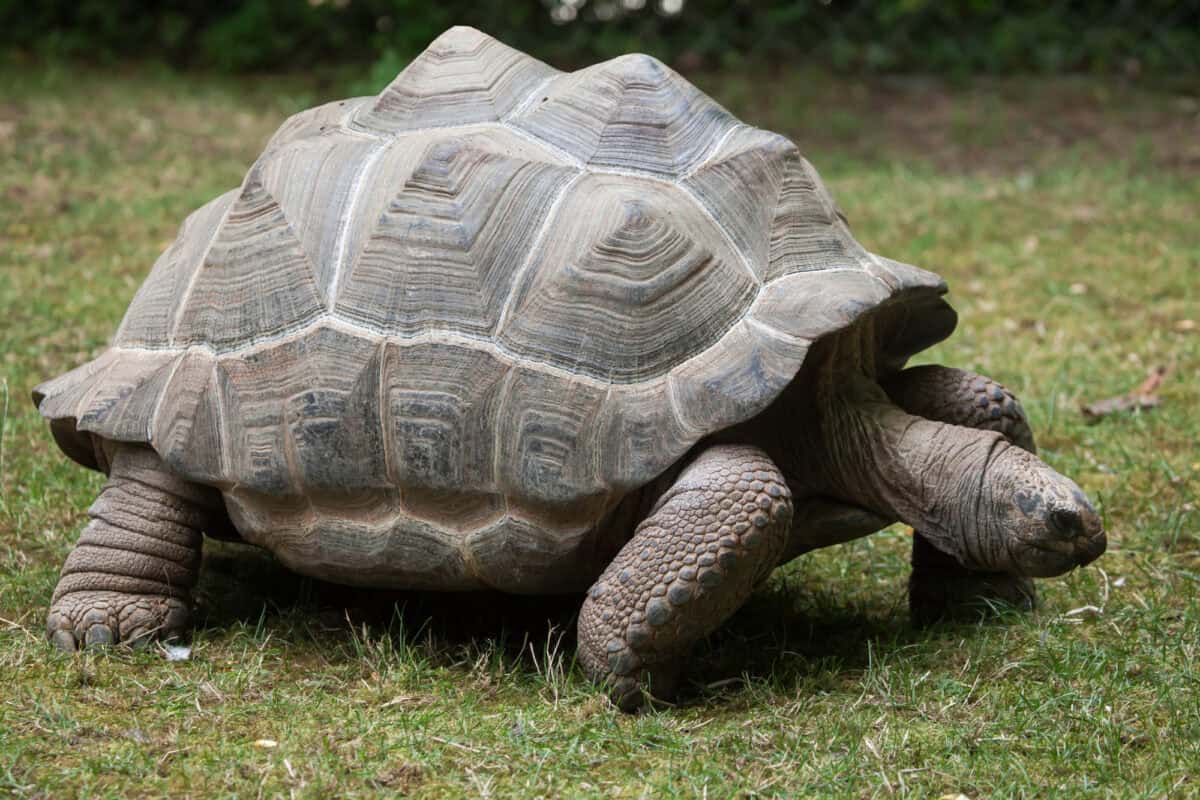
The Aldabra Giant Tortoise is native to the Aldabra Atoll in the Seychelles and stands as one of the world’s longest-living animals. These magnificent creatures routinely live 100-150 years in the wild, with some individuals potentially reaching 200 years. The most famous Aldabra tortoise, Adwaita, allegedly lived to be 255 years old in Kolkata Zoo, though this age is difficult to verify precisely. These tortoises can weigh up to 550 pounds and feature distinctive domed shells that provide excellent protection from predators. Their incredible longevity is attributed to their slow metabolism, lack of predators in their natural habitat, and genetic resistance to diseases that typically affect shorter-lived species. Aldabra tortoises continue growing throughout their lives, albeit at an increasingly slower rate as they age.
11. Galapagos Giant Tortoise (Chelonoidis nigra)
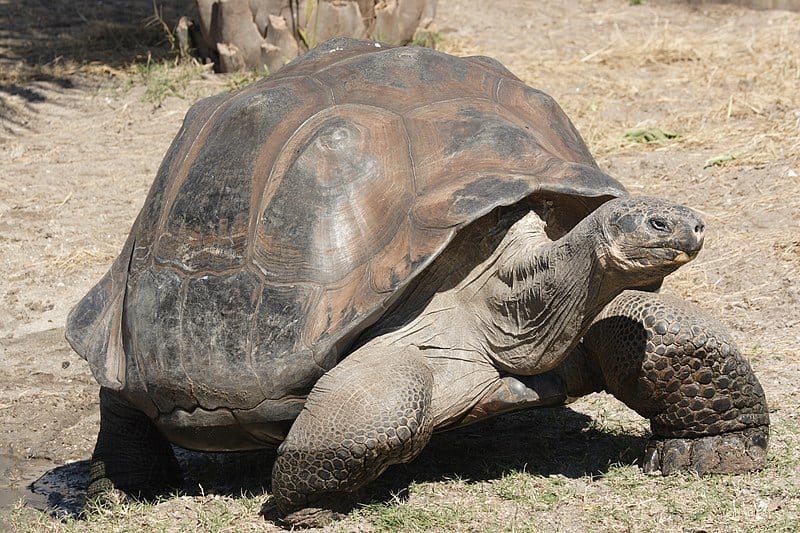
The Galapagos Giant Tortoise holds the distinction of being the longest-living vertebrate, with well-documented cases of individuals surpassing 150 years. The most celebrated Galapagos tortoise was Lonesome George, the last of the Pinta Island subspecies, who died in 2012 at an estimated age of 101-102 years. These island-dwelling giants can weigh up to 919 pounds and possess either domed or saddleback-shaped shells depending on their subspecies. Their exceptional longevity stems from several factors, including their remarkably slow metabolism, which allows them to go without food or water for up to a year when necessary. Scientists study these tortoises extensively to understand the genetic basis of their longevity, as they show minimal senescence (biological aging) compared to mammals. The Galapagos tortoise’s cells appear to have enhanced DNA repair mechanisms that help prevent the accumulation of mutations that typically lead to aging.
10. Tuatara (Sphenodon punctatus)

The tuatara is not actually a lizard but the sole surviving member of the order Rhynchocephalia, which flourished during the age of dinosaurs around 200 million years ago. Native only to New Zealand, these living fossils can live well beyond 100 years, with some individuals estimated to reach 200 years of age. Unlike most reptiles, tuataras thrive in cool climates and continue growing until approximately 35 years of age. Their exceptionally slow metabolism contributes to their longevity—they breathe only once per hour at rest and can tolerate body temperatures as low as 41°F (5°C). One of their most fascinating features is a primitive “third eye” on the top of their head, a light-sensitive organ covered by scales in adults. Tuataras also possess unique dentition, with teeth fused directly to the jawbone rather than seated in sockets, and they lack external ears, sensing vibrations through their skin and bones.
9. Leatherback Sea Turtle (Dermochelys coriacea)

The leatherback sea turtle is the largest of all living turtles and can potentially live more than 100 years, though precise age determination is challenging due to their marine lifestyle. Unlike other sea turtles, leatherbacks have a flexible, leather-like carapace rather than a hard shell, allowing them to dive to depths exceeding 4,000 feet—deeper than any other sea turtle. These magnificent creatures can grow to 7 feet in length and weigh up to 2,000 pounds. Their exceptional longevity is supported by specialized physiological adaptations, including the ability to maintain warm body temperatures in cold waters through a unique countercurrent heat exchange system. Leatherbacks possess esophageal papillae—backward-pointing spines that help them swallow slippery jellyfish, their primary food source. Scientists believe their long lifespan evolved partly due to their size (following the general biological principle that larger animals tend to live longer) and their relatively few natural predators once they reach adulthood.
8. American Alligator (Alligator mississippiensis)

The American alligator is one of the longest-living crocodilians, with documented cases of individuals reaching 70-80 years in the wild and the potential to exceed 100 years in optimal conditions. These powerful reptiles continue growing throughout their lives, albeit at drastically reduced rates after reaching sexual maturity. Male American alligators can grow up to 15 feet long and weigh more than 1,000 pounds. Their extraordinary longevity is linked to several factors, including their position at the top of their food chain, their robust immune systems that effectively fight infections, and their ability to heal from severe wounds. American alligators also possess remarkable physiological adaptations, including the ability to survive freezing temperatures by creating breathing holes in ice and allowing their snouts to freeze in position. Their heart rate can slow to 2-3 beats per minute during brumation (reptilian hibernation), significantly reducing energy expenditure during unfavourable environmental conditions.
7. Komodo Dragon (Varanus komodoensis)
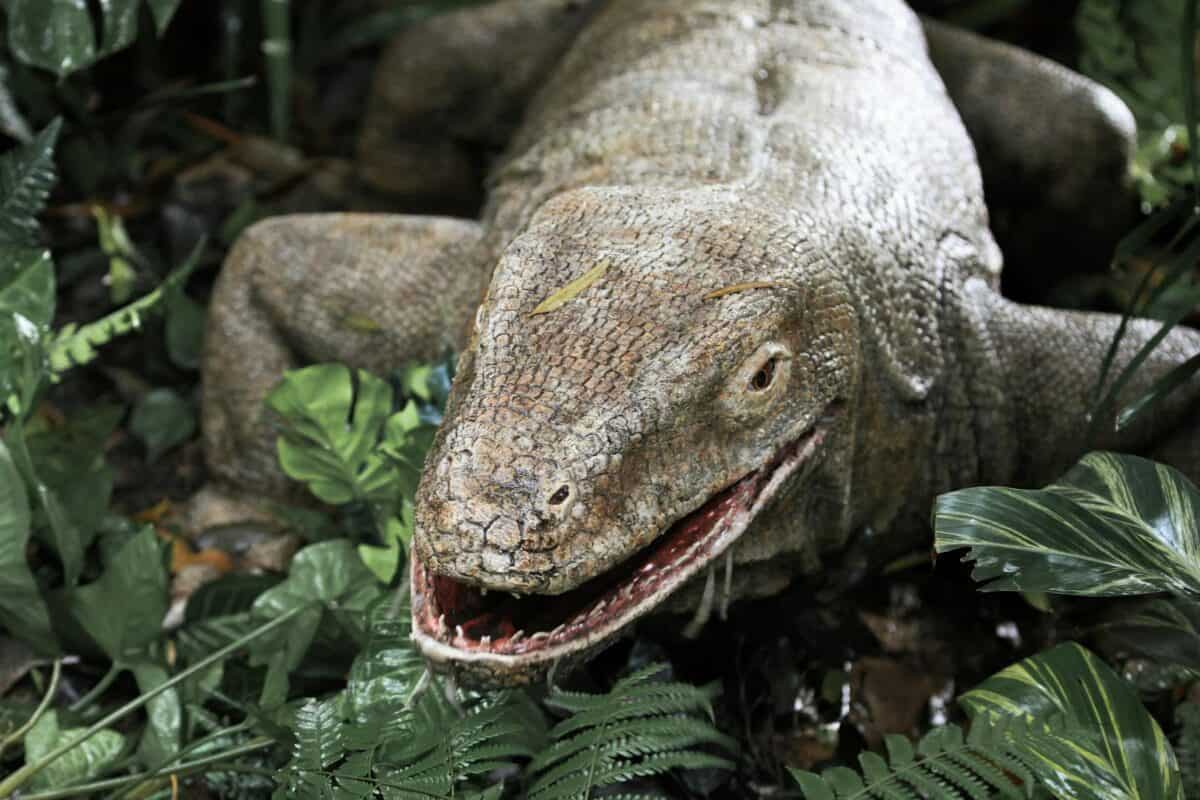
The Komodo dragon, the world’s largest lizard, can potentially live beyond 100 years in optimal captive conditions, though wild specimens typically live 50-60 years due to environmental pressures. These fearsome predators are native only to five islands in Indonesia and can grow up to 10 feet long and weigh over 300 pounds. Their longevity is attributed to several factors, including their apex predator status, remarkable immune system, and efficient metabolism. Komodo dragons possess unique antibacterial compounds in their blood that protect them from the numerous pathogens present in their saliva, which contains over 50 types of bacteria. They’re capable of eating up to 80% of their body weight in a single meal and can go months between feedings. Female Komodo dragons can reproduce parthenogenetically—producing viable eggs without male fertilization—a rare trait that may contribute to their evolutionary success and longevity as a species. Their solid genetic diversity, despite their limited geographic range, helps protect against age-related diseases that affect shorter-lived species.
6. Green Sea Turtle (Chelonia mydas)

The green sea turtle is another marine reptile with exceptional longevity, capable of living over 100 years under ideal conditions. These gentle giants are found in tropical and subtropical oceans worldwide and can weigh up to 700 pounds, with shells measuring up to 5 feet in length. Unlike many reptiles, green sea turtles undergo a dramatic dietary shift during their lifetime—starting as omnivorous juveniles before becoming strictly herbivorous as adults, feeding primarily on seagrasses and algae. This plant-based diet may contribute to their longevity by reducing the accumulation of toxins that typically come from consuming animal tissues. Green sea turtles possess remarkable navigational abilities, using Earth’s magnetic field to return to their birthplace after decades at sea to lay their eggs. Their slow metabolism, large body size, and effective cellular repair mechanisms all contribute to their century-spanning potential lifespan. Scientists have observed minimal deterioration in organ function even in elderly turtles, suggesting they experience negligible senescence compared to mammals.
5. Chinese Alligator (Alligator sinensis)
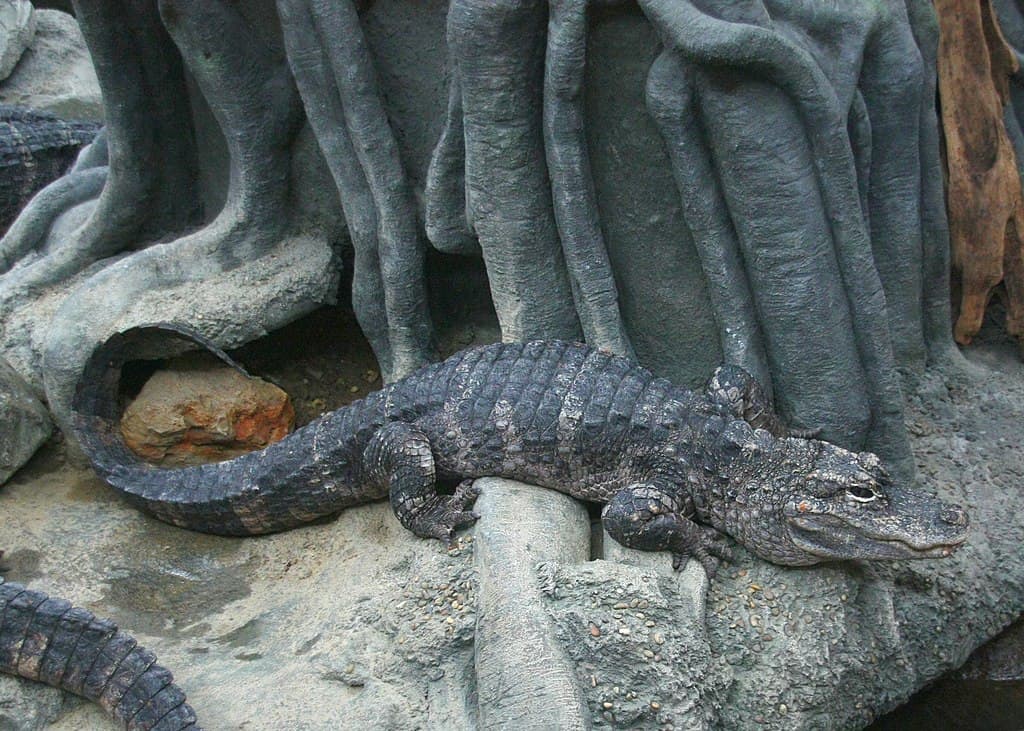
The critically endangered Chinese alligator can live beyond 100 years in captivity, though wild specimens rarely reach this age due to habitat loss and human encroachment. Much smaller than their American cousins, Chinese alligators typically grow to only 5-7 feet long and possess more heavily armoured scales on their bellies. Their exceptional longevity is supported by their unique physiology, including extraordinary wound-healing capabilities and regenerative properties. Chinese alligators have some of the strongest immune systems in the animal kingdom, producing powerful antimicrobial compounds that help them resist infections despite living in bacteria-rich environments. They also possess remarkable cold tolerance, surviving winters by creating burrows up to 10 feet deep with multiple chambers and underwater entrances. During brumation, their metabolism slows dramatically, allowing them to survive months without feeding. This metabolic flexibility, combined with their efficient energy utilization, contributes significantly to their potential century-spanning lifespan.
4. Reticulated Python (Python reticulatus)
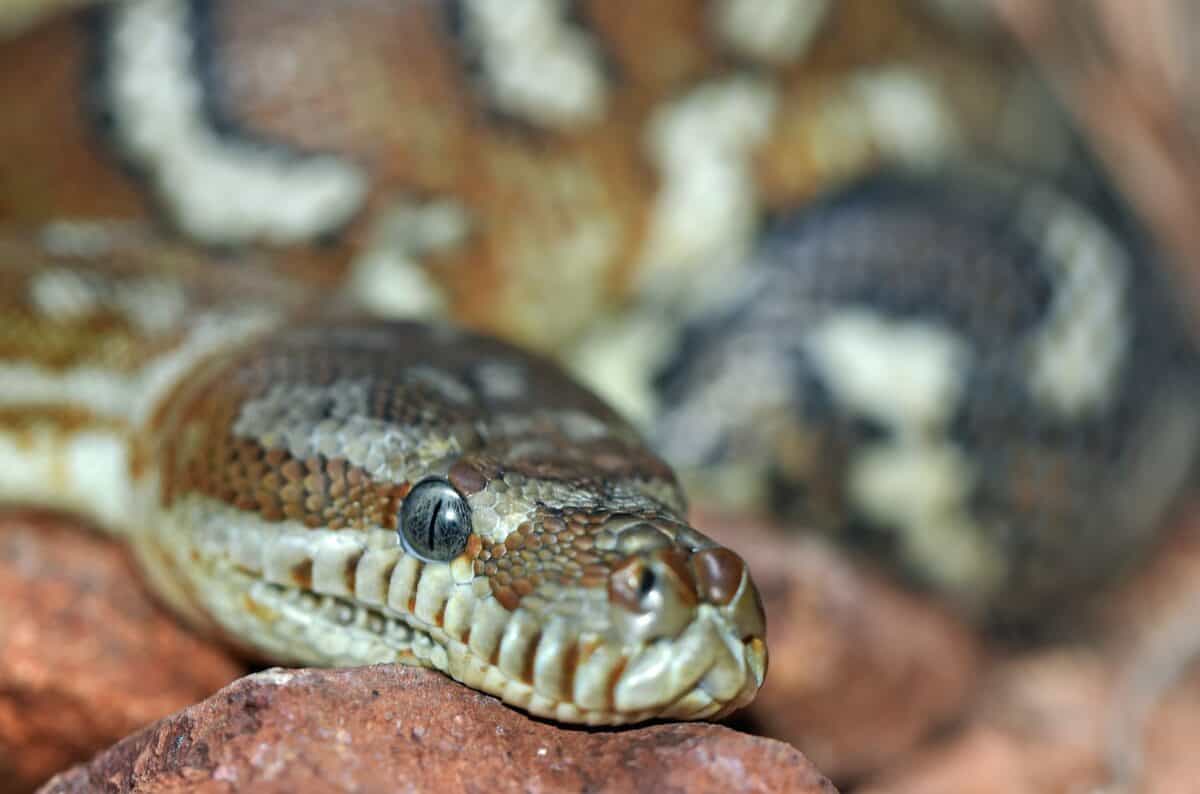
The reticulated python, the world’s longest snake, can potentially live beyond 100 years in captivity under optimal conditions. Wild specimens typically live 20-30 years, but without predators and with consistent nutrition and healthcare, these massive constrictors can surpass the century mark. Growing up to 33 feet long and weighing over 300 pounds, these pythons possess several physiological adaptations that contribute to their longevity. Their remarkably flexible metabolism allows them to reduce their energy expenditure by up to 70% between meals, which can be separated by months or even years in the wild. Reticulated pythons continue growing throughout their lives, albeit at progressively slower rates, and possess extraordinary regenerative capabilities that help them recover from injuries. Their immune systems produce potent antimicrobial peptides that provide resistance against various pathogens. Additionally, studies suggest that snakes may experience less cellular deterioration over time compared to mammals, with telomeres (protective caps on chromosome ends) that shorten at significantly slower rates, potentially explaining their extended lifespans.
3. Jonathan the Seychelles Giant Tortoise (Aldabrachelys gigantea hololissa)
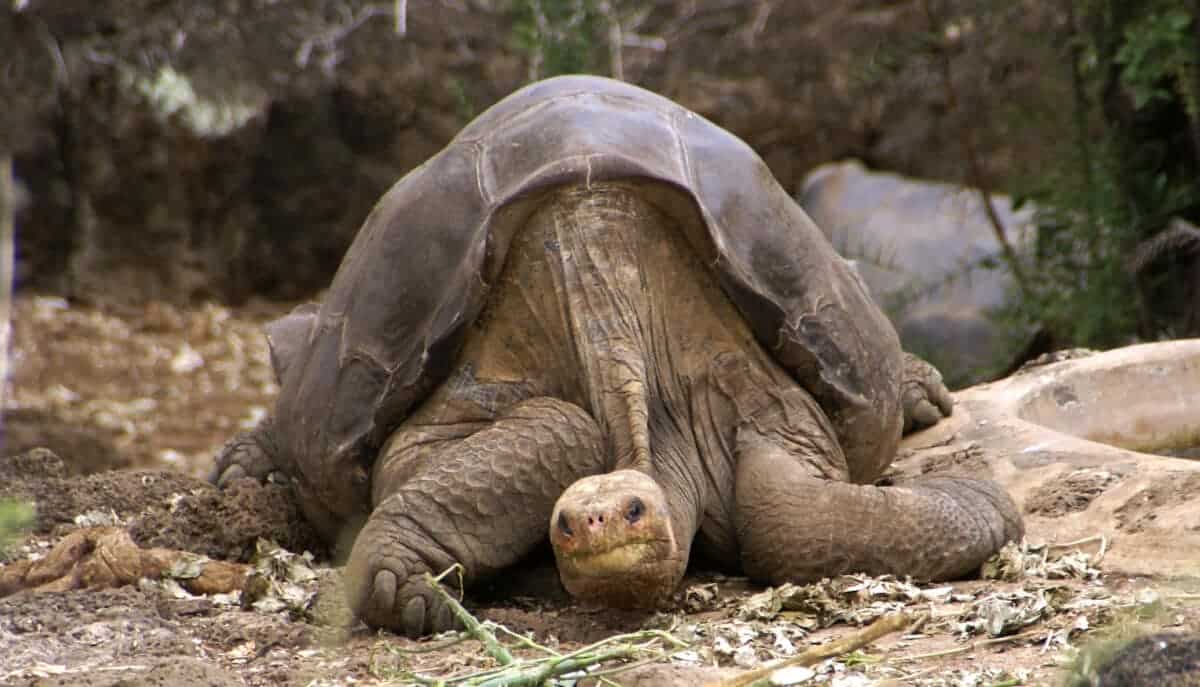
While not technically a separate species, Jonathan deserves his own entry as the world’s oldest known living land animal. This Seychelles giant tortoise (a subspecies of the Aldabra tortoise) was born circa 1832 and continues to live on the island of Saint Helena at the remarkable age of approximately 191 years as of 2023. Jonathan has witnessed the completion of the Suez Canal, the invention of the telephone, two World Wars, and 39 U.S. presidents. Despite his advanced age and blindness due to cataracts, Jonathan maintains good health and remains active, feeding on a specialized diet of fruits and vegetables. His longevity has been attributed to the consistent, stress-free environment of the governor’s residence on Saint Helena, where he has lived since 1882. Jonathan’s extraordinary lifespan provides valuable insights into reptilian aging processes and the potential upper limits of vertebrate longevity. Geneticists have studied his DNA to identify potential longevity genes that might someday help humans understand our own aging processes.
2. Saltwater Crocodile (Crocodylus porosus)

The saltwater crocodile, the largest living reptile on Earth, can potentially live beyond 100 years in both wild and captive settings. These apex predators can grow to over 20 feet in length and weigh more than 2,000 pounds, with males significantly larger than females. Their extraordinary longevity is linked to several factors, including their indeterminate growth pattern (continuing to grow throughout life), efficient metabolism, and remarkable immune system. Saltwater crocodiles possess specialized hemoglobin that allows them to remain submerged for hours, conserving energy during hunting. Their heart contains a unique valve that can redirect blood flow when underwater, prioritizing vital organs. Unlike mammals, crocodilians show minimal cellular deterioration with age, and their telomeres degrade far more slowly than those of shorter-lived species. They also possess remarkably efficient DNA repair mechanisms that minimize mutation accumulation over their long lives. Additionally, their powerful immune system produces antimicrobial peptides that effectively combat various pathogens, contributing to their exceptional disease resistance and longevity.
1. Loggerhead Sea Turtle (Caretta caretta)
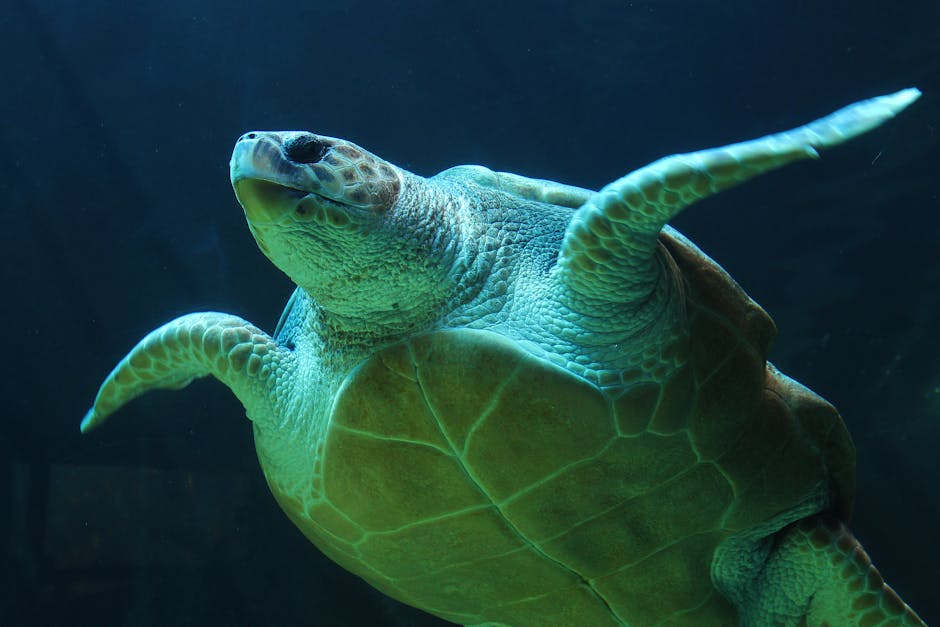
The loggerhead sea turtle joins the ranks of centenarian reptiles, with a potential lifespan exceeding 100 years under favorable conditions. Named for their disproportionately large heads, these oceanic wanderers can weigh up to 350 pounds and feature reddish-brown carapaces measuring up to 3.5 feet in length. Their extraordinary longevity is supported by several adaptations, including specialized mechanisms to deal with the high salt content of their marine environment. Salt glands near their eyes excrete excess salt, allowing them to maintain proper hydration despite drinking seawater. Loggerheads possess remarkable navigational abilities, using Earth’s magnetic field to migrate thousands of miles between feeding and nesting grounds. Their slow metabolic rate, particularly during winter months when they can reduce their heart rate to conserve energy, contributes significantly to their long lifespan. Female loggerheads don’t reach sexual maturity until 17-33 years of age and can reproduce for more than 60 years, laying approximately 100 eggs per clutch multiple times each season. This extended reproductive period represents one of the longest among all vertebrates and aligns with their exceptional longevity.
Conclusion: Extraordinary Adaptations for Exceptional Lifespans

The remarkable longevity of these twelve reptilian species offers fascinating insights into the biological mechanisms of aging and lifespan extension. Their extraordinary adaptations—slow metabolisms, efficient energy utilization, continuous growth, and enhanced cellular repair mechanisms—represent evolutionary strategies distinct from the faster-paced life histories of mammals and birds. Scientists increasingly study these long-lived reptiles to understand the genetic and physiological foundations of vertebrate aging, hoping to apply these insights to human health and longevity. Perhaps most importantly, the conservation of these ancient creatures preserves living evolutionary success stories, each representing millions of years of adaptation and survival. As we face unprecedented biodiversity loss globally, protecting these centenarian reptiles becomes not just an ecological imperative but an opportunity to continue learning from the remarkable biological innovations they embody.
- 14 Weirdest Looking Animals on Earth - August 15, 2025
- 13 Creatures That Don Not Need Eyes to See - August 15, 2025
- 13 Wild Species That Can Clone Themselves - August 15, 2025

